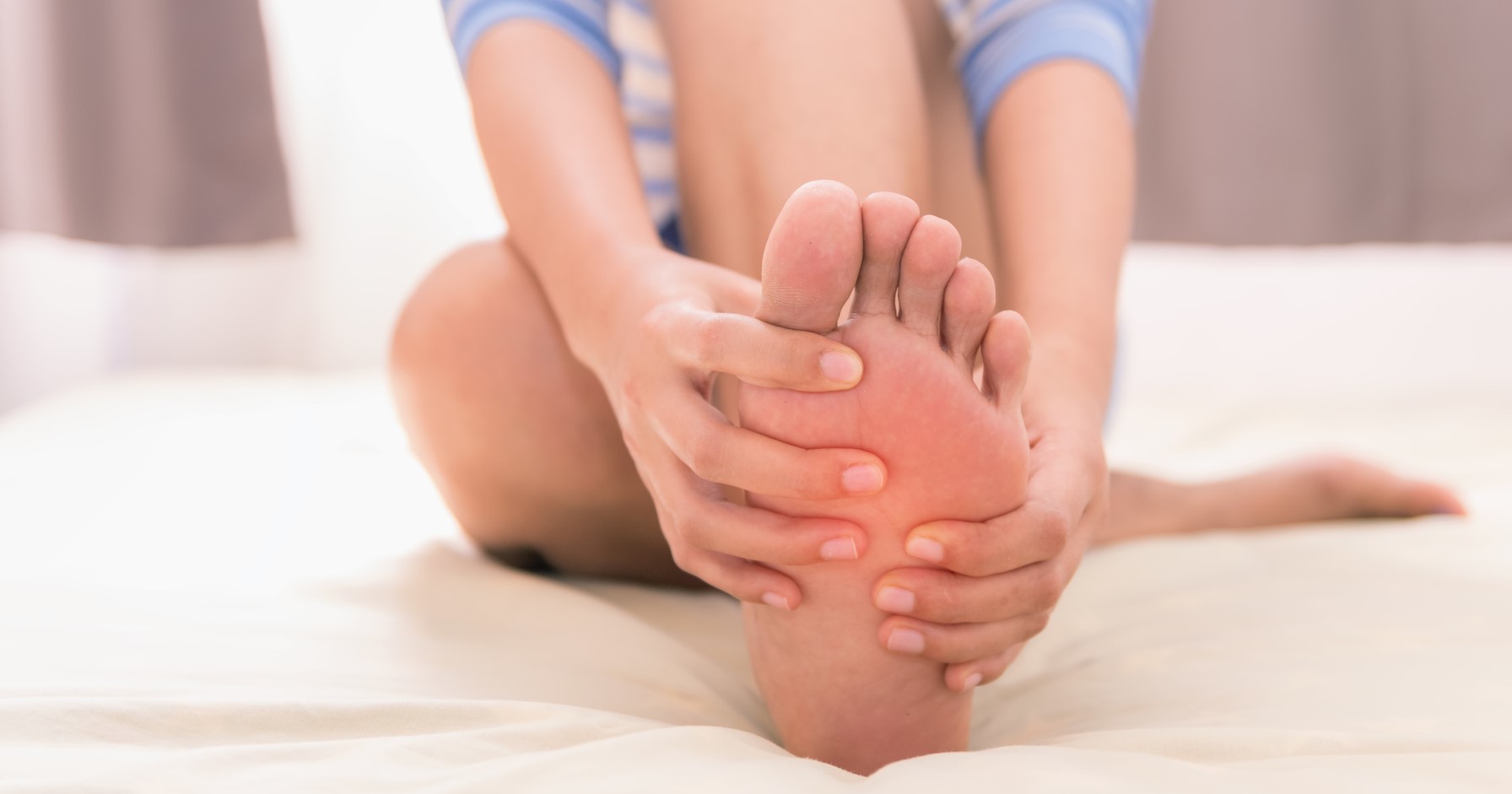How To Spot Sesamoiditis
Swelling Around Affected Site

Swelling around the affected site is sometimes associated with sesamoiditis, but it is not present in all cases. Also known as edema, swelling is typically accompanied by redness and warmth at the site, and can lead to an increase in pain. It is especially important to rest and elevate the foot and avoid wearing high heels or other shoes that stress the area to reduce swelling. Flat shoes are suggested to help alleviate pressure on the foot so swelling does not increase. In particular, ballet shoes and cleats can be especially harmful when swelling is present. Ice packs can help reduce swelling, and these should be applied for twenty to thirty minutes at a time. Some patients find the use of a foot bath can help soothe symptoms. Patients should monitor the amount of swelling they are experiencing and should consult a doctor if the swelling continues for more than two days, particularly if it grows in size or if redness worsens. Steroid injections given by a doctor are sometimes used to reduce swelling.
Learn more about how to spot sesamoiditis now.